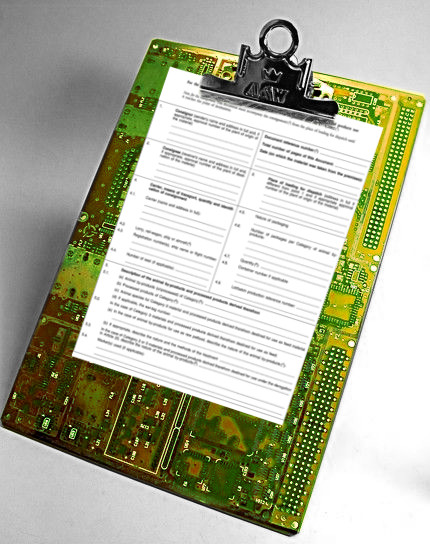Telstra sets AI on ad spend
 Telstra has used machine learning to check the effectiveness of its advertising spend.
Telstra has used machine learning to check the effectiveness of its advertising spend.
The company used to have to deal with a six-month lag to see the effectiveness of its marketing spend.
But that is now down to five weeks, after Telstra employed new marketing modelling developed in partnership with Accenture, Deakin University and Servian.
The telco previously used a traditional econometric model to assess its marketing spend, which took two-and-a-half months to assemble.
“Six months after the marketing period had ended I could tell the CMO [chief marketing officer] and the marketers how effective their marketing was... six months ago,” Telstra's director of research, insights & analytics Liz Moore says.
Telstra's CMO Joe Pollard says the company can now know in “close to near real-time how effective every dollar spent on marketing is”.
“There was a need for speed, which we did not have with the econometric approach, and there was a need for significant granularity,” Moore said.
Accenture helped Telstra move over to a Bayesian belief network using machine learning.
Accenture said the machine learning models “identify the direct and indirect relationships between marketing, non-marketing and business performance variables”.
“We built over 900 machine learning models that come together to allow this,” said Moore.
Telstra is now running an instance of the Accenture Insights Platform, which combines secure data transfer from Telstra, PostgreSQL data storage, R for modelling and Accenture’s AIP Design Studio for visualisation and optimisation.
Telstra built some of this new capability in R “due to the open source foundations and ability to do extensive machine learning experimentation and algorithm customisation that was critical to this innovation”, according to Accenture.
The company has gone from having “hundreds of variables to thousands of variables”, including sales data, footfall in store, site visits, customer churn, sentiment analysis from social media and Net Promoter Score data.







 Print
Print